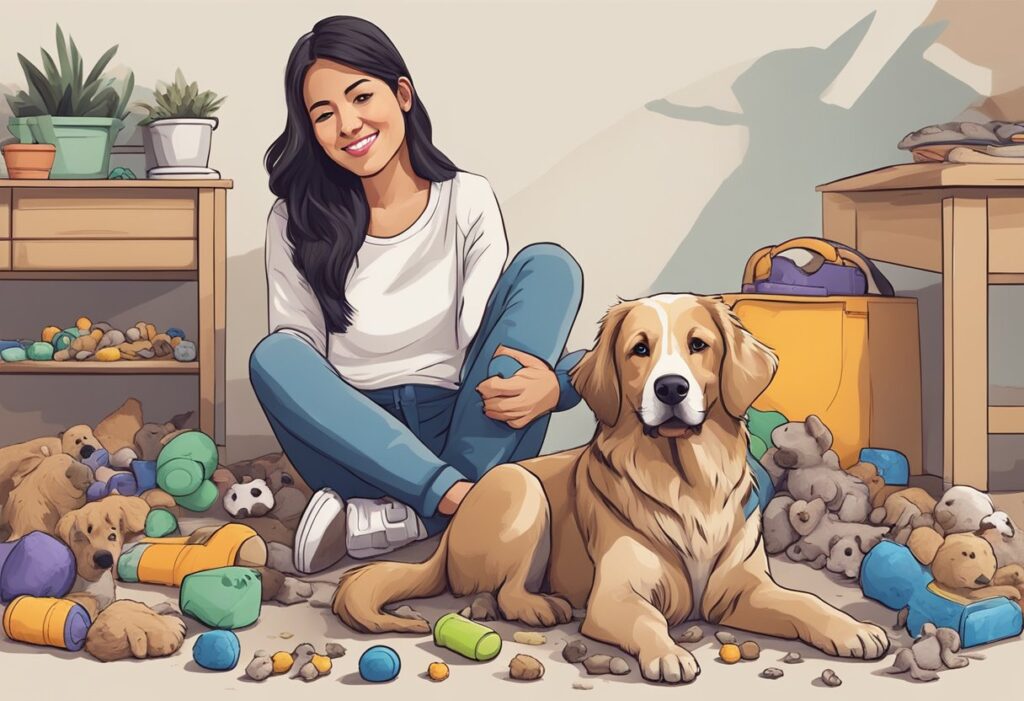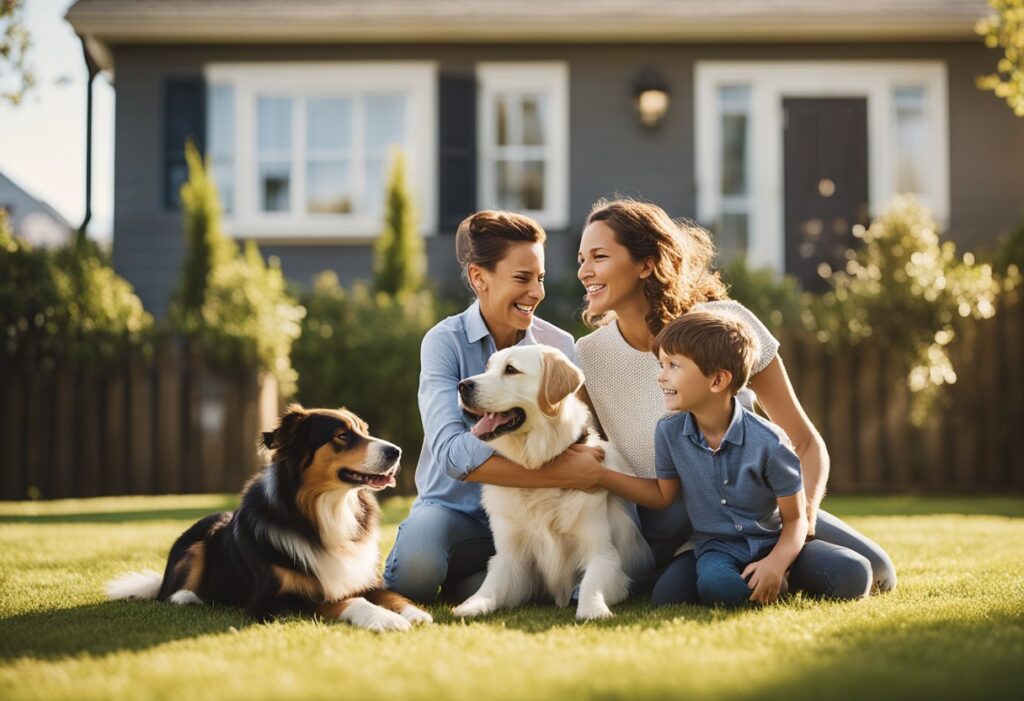Dog ownership comes with a unique set of experiences and insights that only fellow owners can truly appreciate. From the daily routines to the subtle nuances of canine behavior, these moments shape a bond that goes beyond mere companionship.
The shared understanding among dog owners fosters a community where they can relate to each other’s joys and challenges. Many moments may seem trivial to outsiders, but to dog owners, they hold significant meaning and value.
1) Endless Vacuuming Adventures
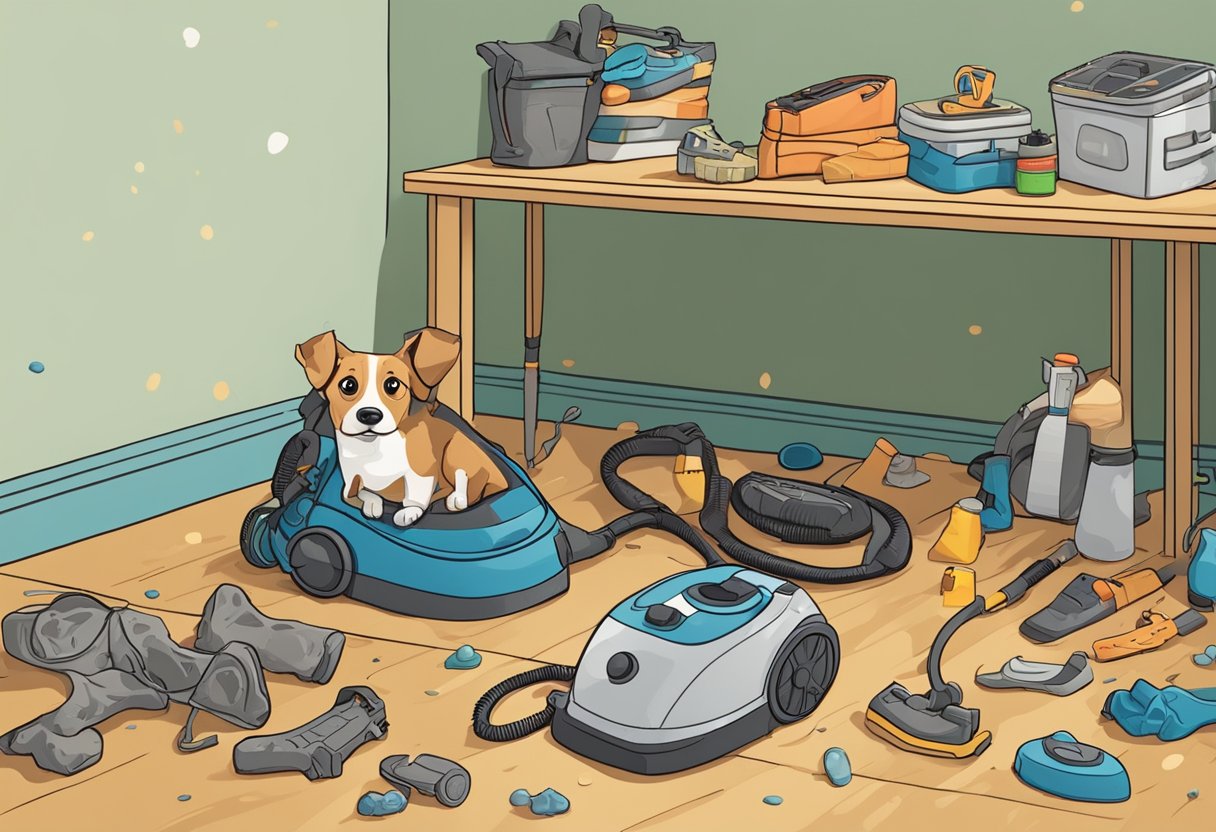
Dog owners quickly learn that a clean home often feels like a distant dream. Shedding fur can turn any living space into a fur-covered desert, leading to frequent vacuuming sessions.
Many dog owners develop a routine to keep up with the shedding. Some may find themselves vacuuming daily, especially during seasonal changes when fur seems to multiply.
The vacuum cleaner becomes a constant companion, often met with both anticipation and dread. Dogs may react in various ways, from excitement to fear, adding a unique dynamic to the task.
For some, investing in a high-quality vacuum designed for pet hair is essential. These models can ease the burden, making the endless cycle of cleaning a bit more manageable.
2) Understanding the ‘Zoomies’ Phenomenon
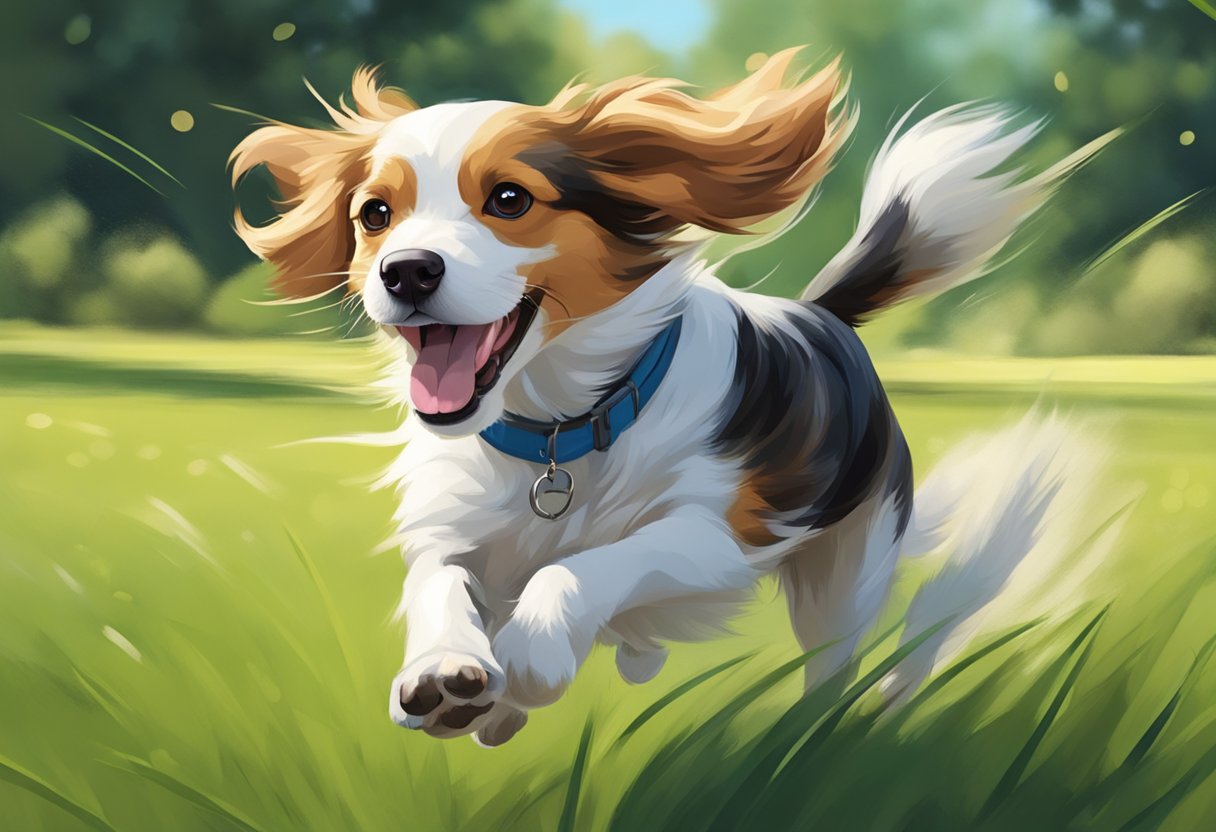
Most dog owners are familiar with the sudden bursts of energy their pets display, commonly referred to as the “zoomies.” This phenomenon occurs when a dog runs around in a frenzied manner, often in circles.
Zoomies typically happen after a period of rest or confinement. After being indoors or after a long nap, dogs may feel the need to release pent-up energy.
The scientific term for zoomies is Frenetic Random Activity Periods (FRAPs). This behavior is normal and often seen in puppies but can occur at any age.
Many experts believe that zoomies can be triggered by excitement, stress relief, or a need for physical exercise. Dog owners often enjoy watching their pets express joy and freedom during these moments.
While zoomies can be entertaining, it’s important to ensure that the dog has enough space to run safely. Owners should allow their dogs to experience this natural behavior in a controlled environment.
3) Accepting Fur as a Fashion Accessory
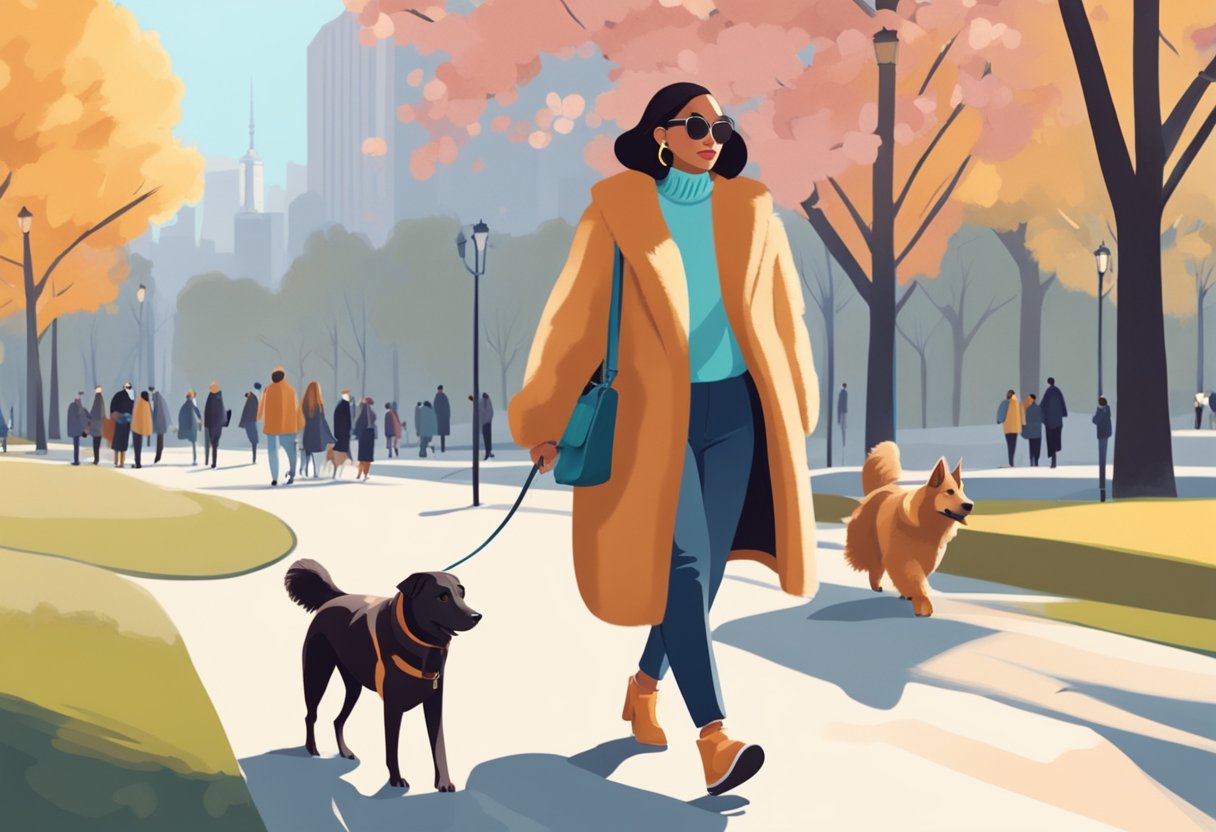
Dog owners quickly learn that fur is an inevitable part of their lives. It blends seamlessly into their clothing and homes, becoming a common sight.
Many embrace this reality, treating their dog’s fur as an accessory. A light layer of fur on a favorite sweater or a dash of it on the couch is simply part of the experience.
For dog owners, the presence of fur can even spark conversations. It often leads to shared stories about their pets and the joys of pet ownership.
Additionally, some dog owners coordinate their outfits with their pets’ fur colors. This playful approach enhances their bond and showcases their unique style.
Ultimately, this acceptance transforms the presence of fur from an annoyance into a badge of pride. It reflects a lifestyle filled with love and companionship.
4) Mastering the Art of Belly Rubs
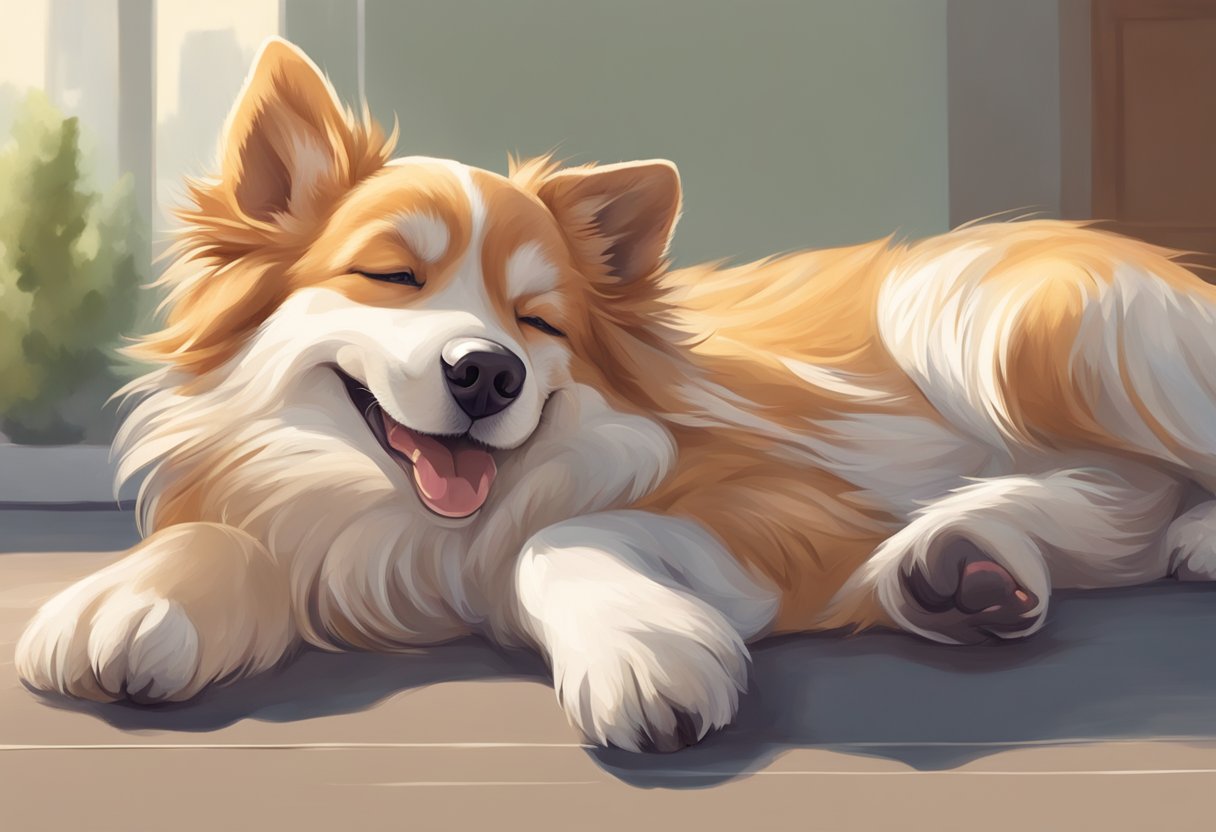
Belly rubs can be a bonding experience between a dog and its owner. Many dogs enjoy this form of affection, often rolling onto their backs to signal their desire for a scratch. This behavior demonstrates trust and comfort.
The best approach is to use an open palm and gentle pressure. The goal is to find the right spot that triggers the most satisfying response from the dog. Each dog has its preferences, so observation is key.
Timing matters; most dogs prefer belly rubs when they are relaxed. Engaging in this activity after walks or playtime can enhance their enjoyment.
It’s also important to read the dog’s body language. Signs of pleasure include wagging tails and relaxed postures. Conversely, tensing up or moving away may indicate that the dog is not in the mood for belly rubs.
Mastering belly rubs takes practice and patience. With attention to their needs, dog owners can turn this simple gesture into a joyful routine.
5) Navigating the Loyal Shadow
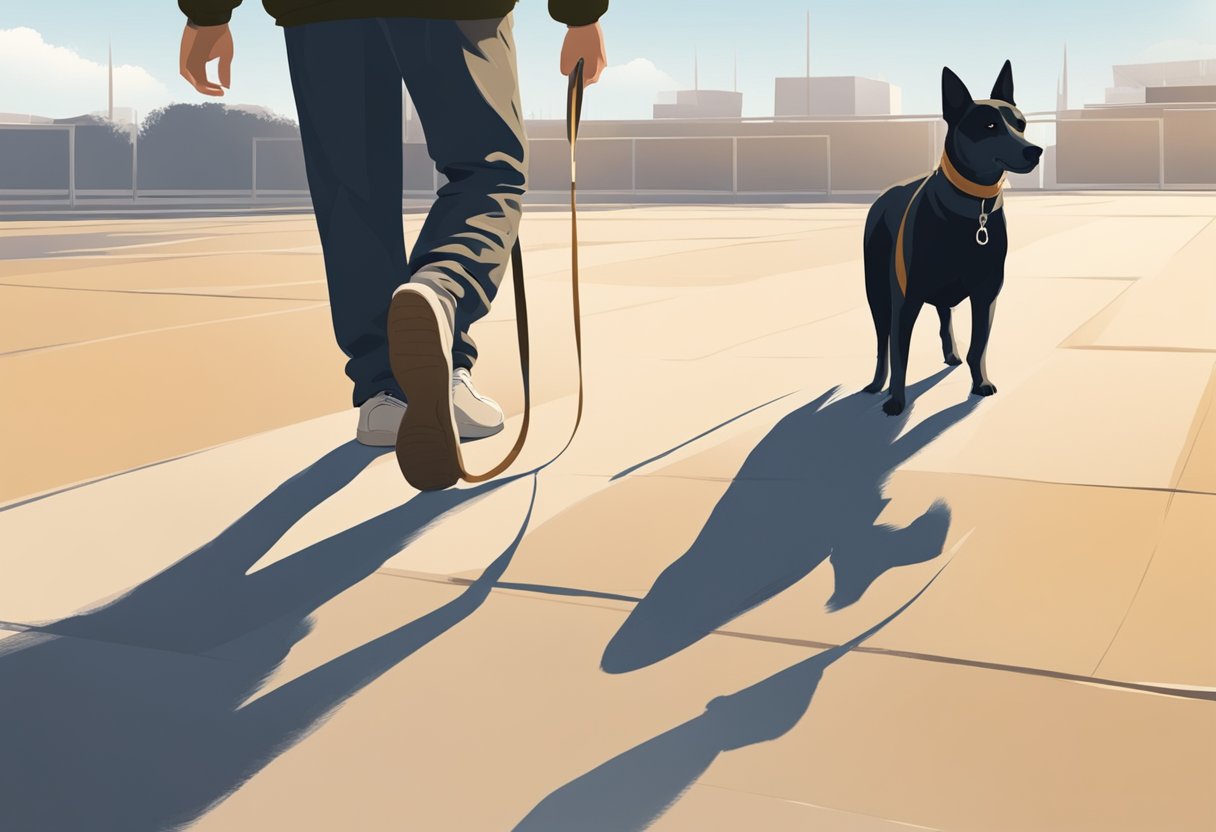
For many dog owners, their pet is a constant companion. This loyal presence follows them from room to room, providing comfort and security. The dog often offers a sense of companionship that is hard to replicate.
Managing this close connection can be tricky. While their loyalty is endearing, it can also present challenges. Owners may find themselves tripping over their dog’s enthusiastic attempts to stay close.
When working from home, some may struggle to maintain focus. The dog’s desire for attention can lead to interruptions. Balancing work with the need for companionship requires strategy.
Understanding these dynamics can enhance the bond between owner and dog. Establishing routines helps them navigate daily life together. This ensures that both can enjoy their time while respecting each other’s needs.
6) The Joy of Seeing Tail Wags
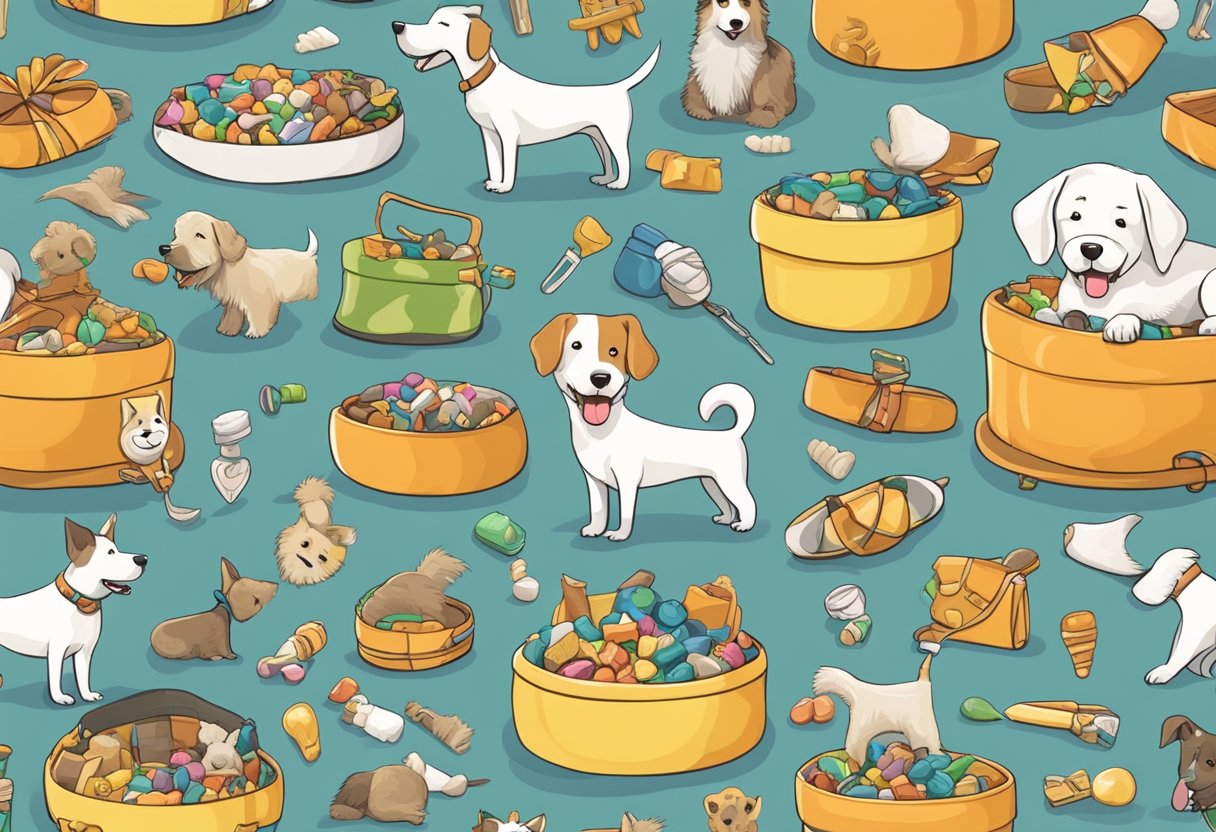
Seeing a dog’s tail wag brings a distinct sense of happiness. It signifies excitement and unconditional love. Whether greeting a loved one or anticipating playtime, the wagging tail is a clear indicator of joy.
A wagging tail can express various emotions. It shows enthusiasm, curiosity, or even a friendly demeanor when meeting new people or pets. Owners often recognize that different wags communicate different feelings.
This simple action deepens the bond between a dog and its owner. It represents a level of trust and joy in their relationship. Every wag is a reminder of the playful spirit and loyalty that dogs embody.
For many, tail wags also bring a sense of comfort. After a long day, encountering a wagging tail offers reassurance and companionship. It serves as a welcome reminder of the happiness dogs can bring into their owners’ lives.
7) The Heard but Unseen Bark
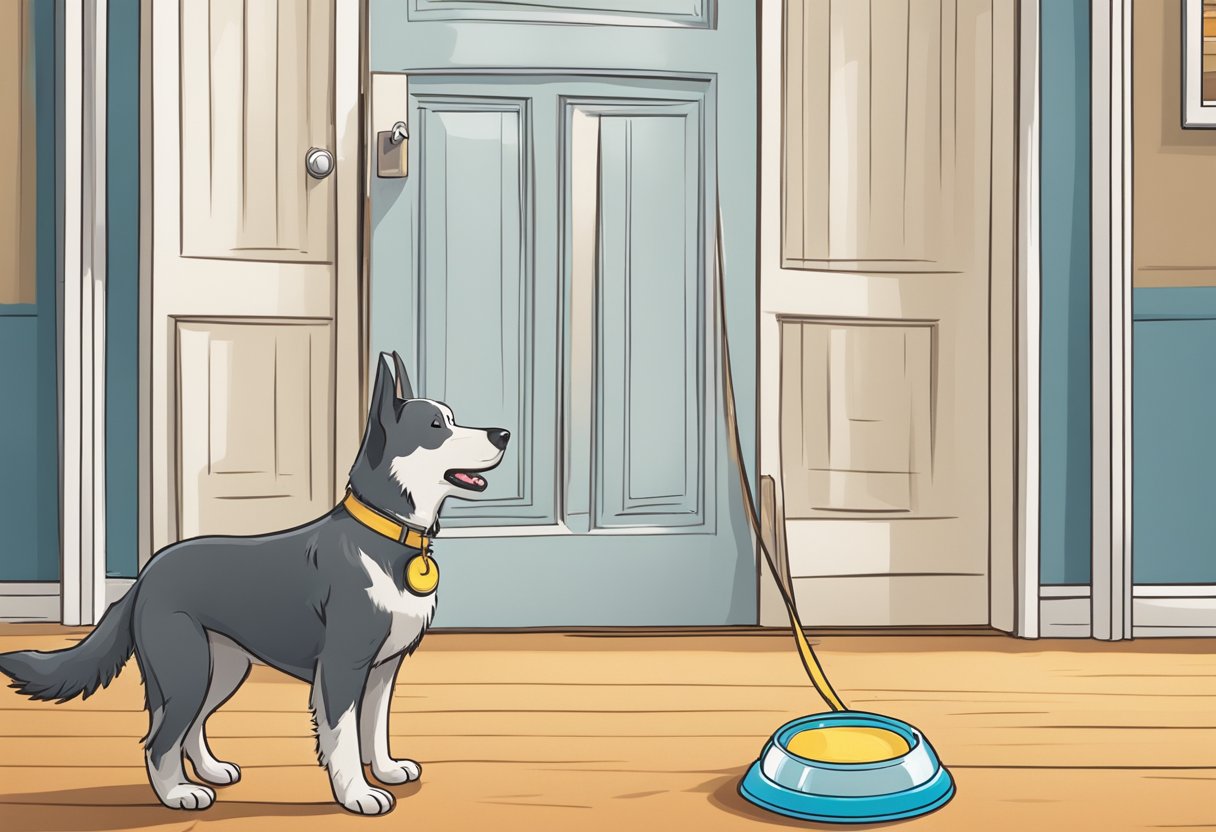
Dog owners often experience the phenomenon of the heard but unseen bark. This occurs when a dog barks vigorously while hiding or remaining out of sight.
Owners quickly learn to recognize the unique sound of their dog’s bark. They can tell if their pet is alerting them to something or just expressing excitement.
The unseen bark can lead to curiosity and concern. Owners might wonder what has triggered the barking and whether their dog is safe.
This experience highlights the strong bond between a dog and its owner. They develop an instinctual understanding of each other’s behaviors, even when the dog is out of sight.
It can also lead to amusing situations where owners search for their barking dog, who may be playfully hiding. The heard but unseen bark perfectly illustrates the joys and quirks of dog ownership.
8) The Unspoken Bond Over Squeaky Toys
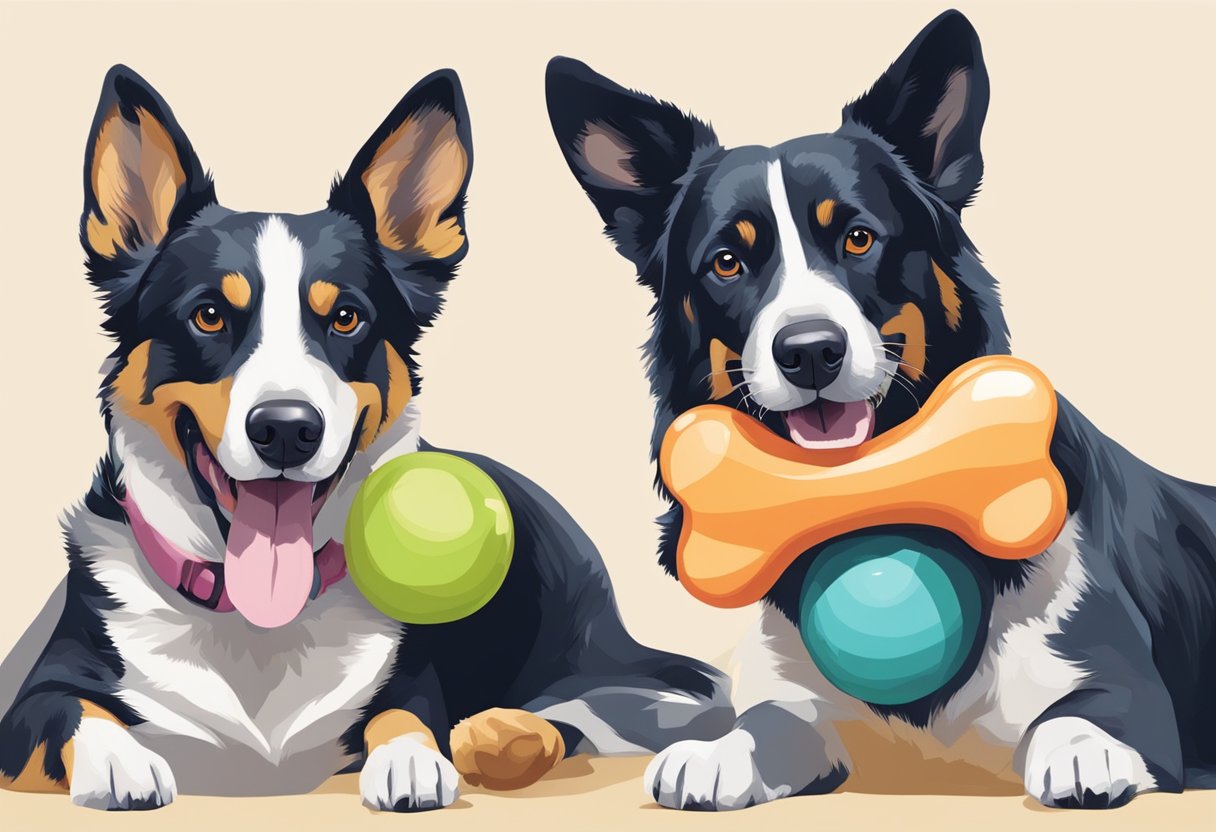
Many dog owners share a unique connection with their pets through the joy of squeaky toys. These toys often evoke excitement in dogs, leading to playful interactions that deepen their bond.
When a dog chomps down on a squeaky toy, the sound triggers a natural instinct to play. Owners often join in this play, tossing the toy or encouraging their dog to fetch it.
The enjoyment derived from these toys illustrates a mutual understanding. Dogs respond to their owners’ laughter and engagement, creating moments of shared happiness.
Squeaky toys are more than just playthings; they represent a language of love and affection. The simple act of playing together fosters trust and companionship.
For many owners, these toys symbolize the playful spirit of their dogs, creating cherished memories over time. Each squeak signifies a moment of joy, reinforcing the special bond between them.
9) The Shared Excitement of Walk Time
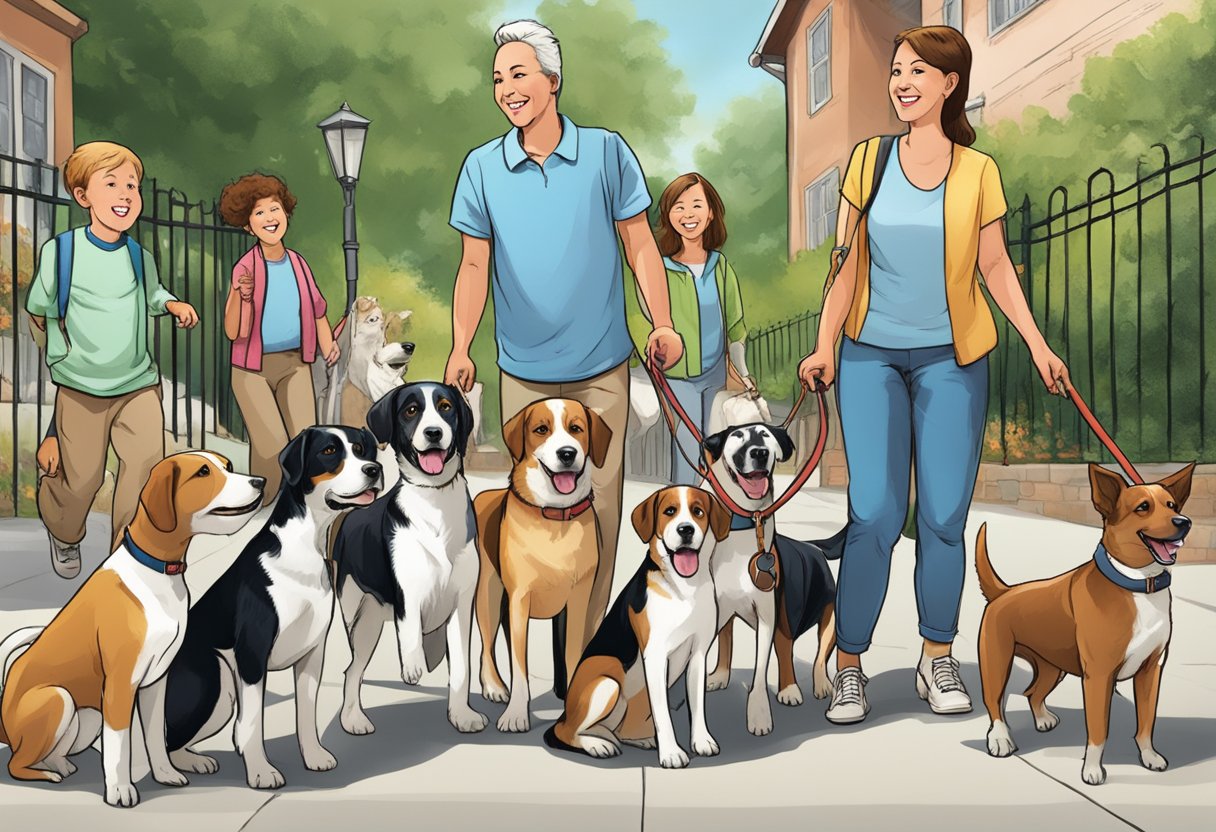
The anticipation of walk time is a unique experience for dog owners. As the owner prepares to head out, the dog’s energy levels spike dramatically. They bounce around, eager for the adventure that awaits.
This moment often includes enthusiastic barking or tail wagging. The sheer joy displayed is contagious, bringing a smile to the owner’s face.
Walking transforms into a shared experience where both the dog and owner reap benefits. For the dog, it is an opportunity to explore the world. For the owner, it can be a refreshing break from daily routines.
During walks, bonding happens naturally. As they navigate different paths, they communicate in ways only they understand. Each step deepens their connection.
The joy of discovering new scents, sights, and sounds is mutual. This shared excitement not only enhances the walk but also strengthens their bond. The walk becomes more than just exercise; it is a cherished part of their daily life.
10) The Purpose of a Chewed Shoe
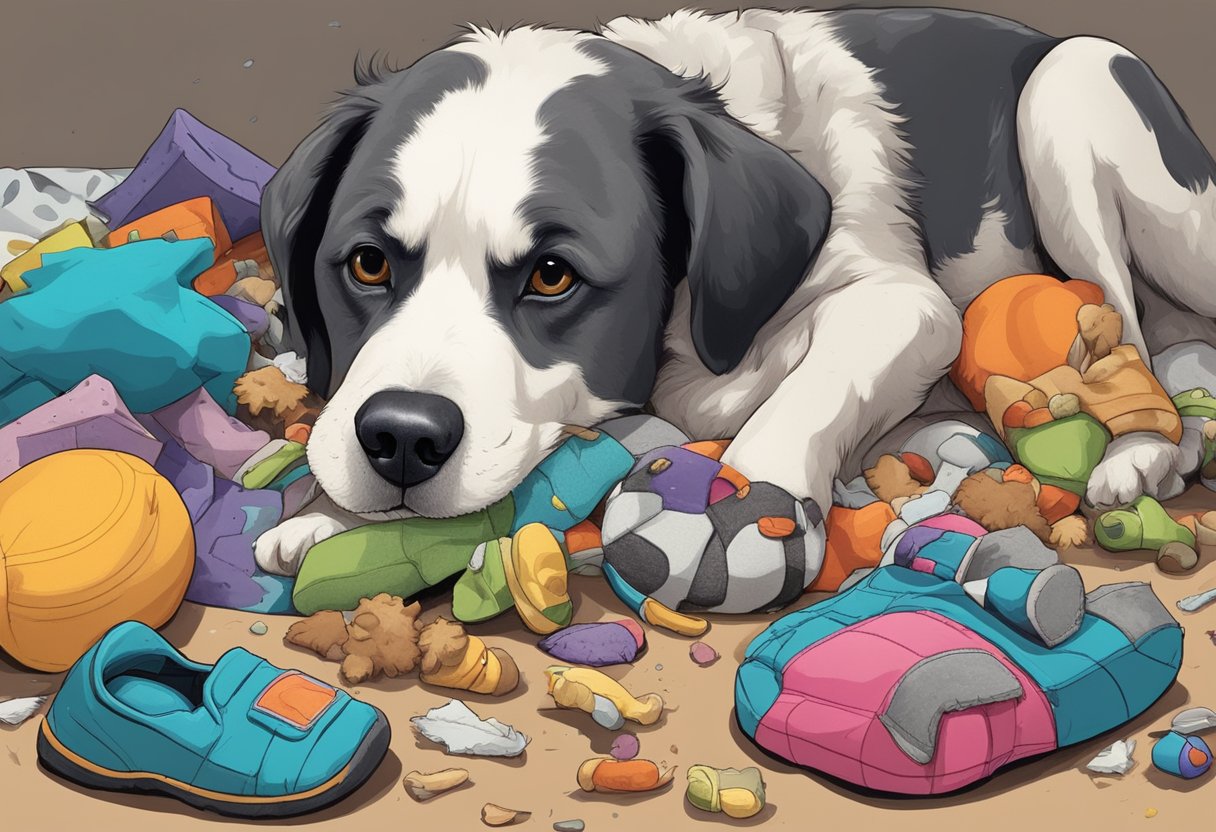
A chewed shoe often serves multiple purposes in a dog’s life. For many dogs, chewing is a natural instinct that helps relieve boredom and anxiety.
Shoes often have interesting textures and smells that attract dogs. The scent of their owner can make a shoe even more enticing, providing comfort to the dog.
Additionally, chewing helps with dental health by reducing tartar buildup. It can also be a way for a dog to explore their environment.
For the owner, a chewed shoe may signal that the dog needs more physical activity or mental stimulation. Understanding this behavior can help in finding appropriate toys and activities.
While a chewed shoe can be frustrating, it reflects a dog’s natural tendencies. Recognizing this can lead to better training approaches and a healthier pet-owner relationship.
11) Finding Comfort in Wet Nose Kisses
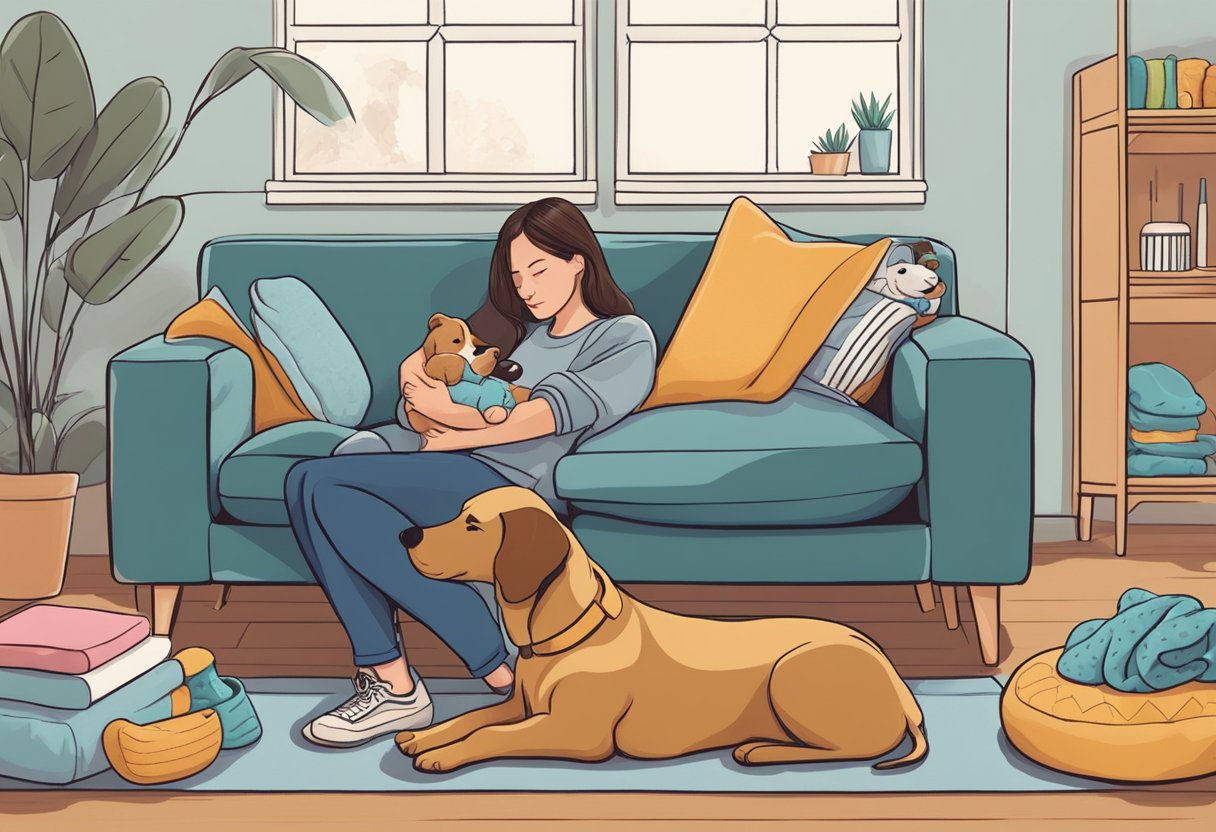
Many dog owners cherish the simple joy of a wet nose kiss. It serves as a greeting or an act of affection from their furry companions. These moments can be a source of comfort and reassurance.
The cool, damp sensation of a dog’s nose can feel soothing, especially after a long day. It symbolizes a bond built on trust and love. Each kiss is a reminder of the unconditional affection dogs offer.
Wet nose kisses can also be a way for dogs to communicate. They may seek attention or comfort from their owners through these gentle gestures. Recognizing this can enhance the connection between owner and pet.
For many, these small acts bring happiness into their daily routine. A dog’s wet nose can lift spirits and provide a sense of peace. It is these little interactions that embody the unique relationship shared between dog and owner.
12) The Ritual of Treat Giving
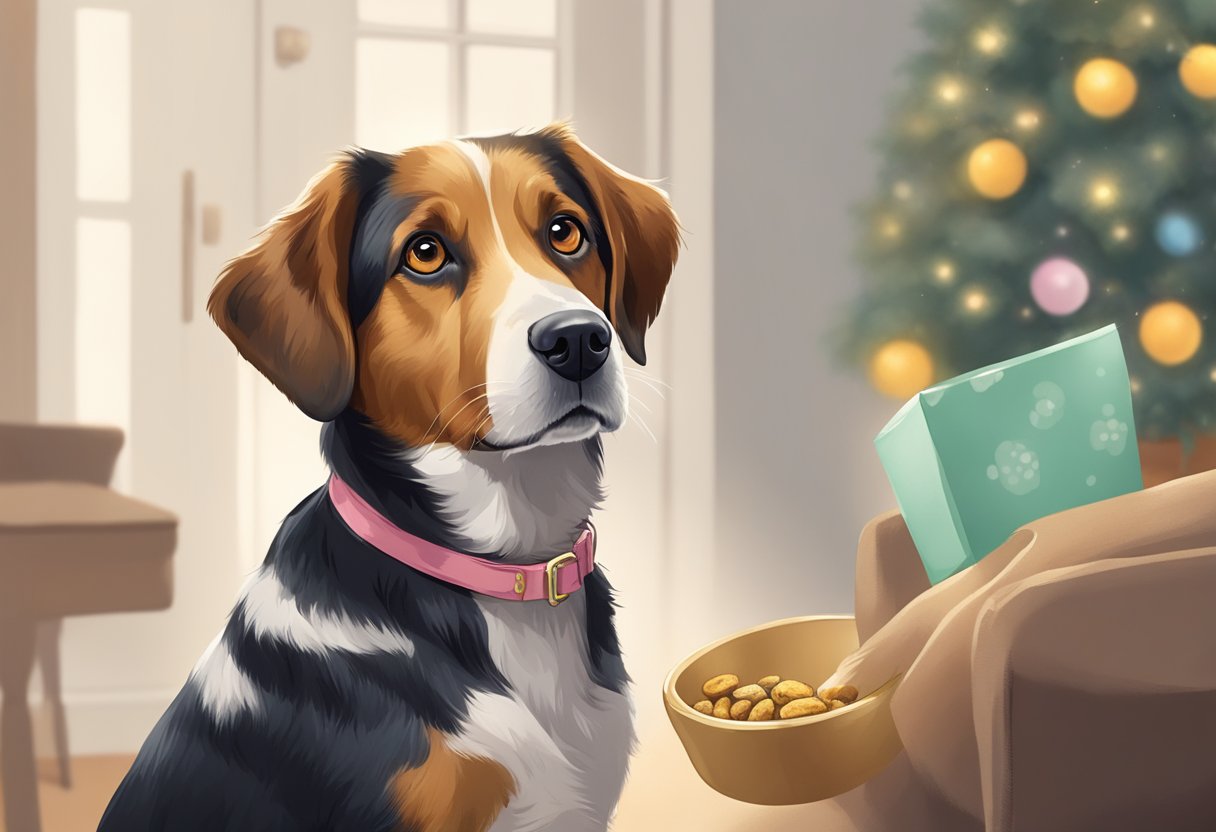
The act of giving treats to a dog is often a cherished ritual for owners. It signifies love, training, and reward.
Many dogs eagerly anticipate treat time, displaying excitement and joy. This moment strengthens the bond between the owner and the dog.
Treats are used in various contexts, such as obedience training or simply as a gesture of affection. Dogs learn to associate good behavior with receiving a treat.
Each dog has its preferences, leading owners to explore different types of treats. Some may prefer crunchy biscuits, while others go for chewy options.
The ritual also fosters a routine, helping dogs feel secure and valued. This simple act can enhance their overall well-being and happiness. Treat giving becomes a delightful interaction in daily life.
For owners, observing their pet’s reaction can be rewarding. The joy expressed by a dog reinforces the positive impact of such small gestures.
Emotional Bonds
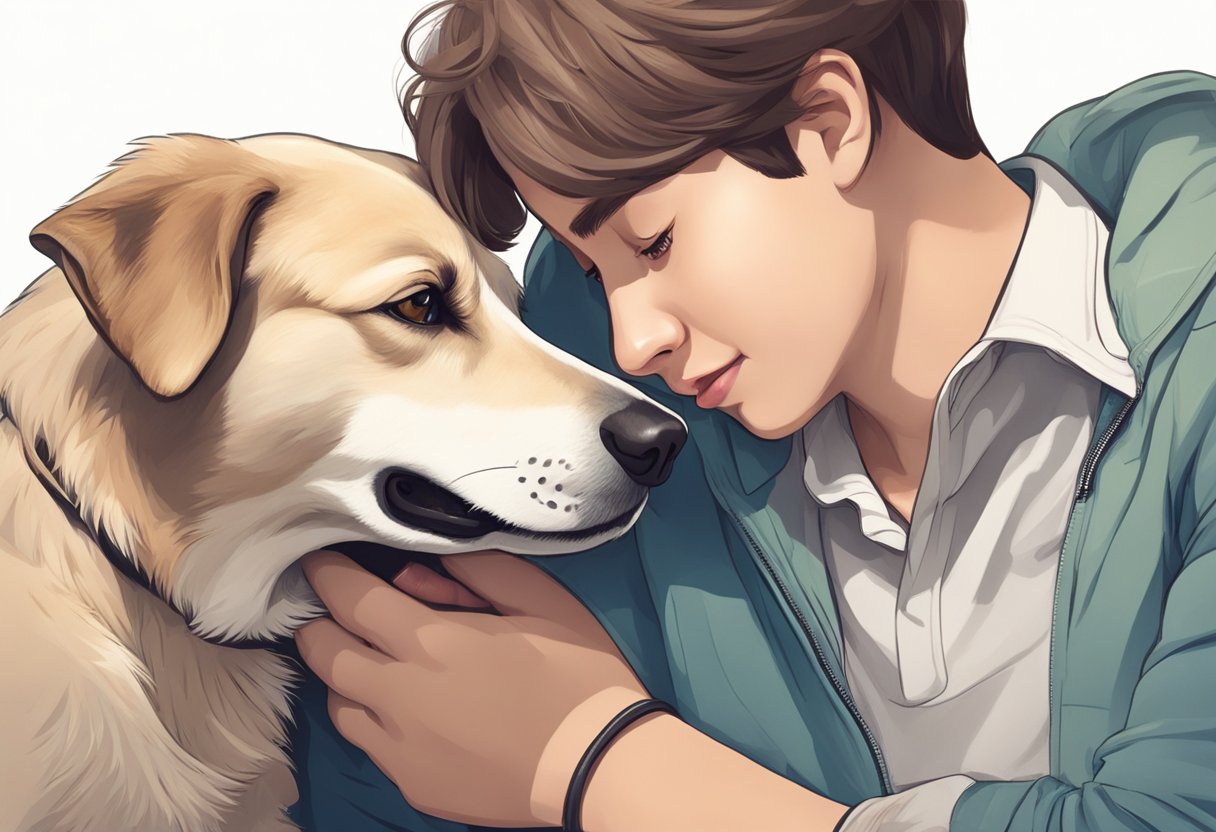
The connection between dog owners and their pets is unique and profound. Two key aspects of this bond are understanding canine communication and nurturing unconditional love.
Understanding Canine Communication
Dogs communicate primarily through body language and vocalizations. Owners who pay attention to these signals can deepen their emotional bonds.
- Tail Position: A wagging tail often indicates happiness, while a low, tucked tail can show fear.
- Eye Contact: Prolonged eye contact can indicate trust and affection.
- Posture: A relaxed stance suggests comfort, while a stiff posture can signal tension or anxiety.
By recognizing these cues, owners can respond appropriately, enhancing their relationship. This sensitivity fosters a mutual understanding that strengthens their bond.
Nurturing Unconditional Love
Dogs are known for their steadfast loyalty and unwavering affection. This unconditional love deeply resonates with their owners.
- Routine and Presence: Dogs thrive on routine, and their owners’ presence provides comfort.
- Physical Touch: Regular petting and cuddling promote feelings of security and love.
- Quality Time: Engaging in activities like walks or playtime reinforces the emotional connection.
These interactions cultivate a sense of companionship. The emotional support dogs offer during difficult times creates a lasting bond that often feels irreplaceable.
Lifestyle Adaptations
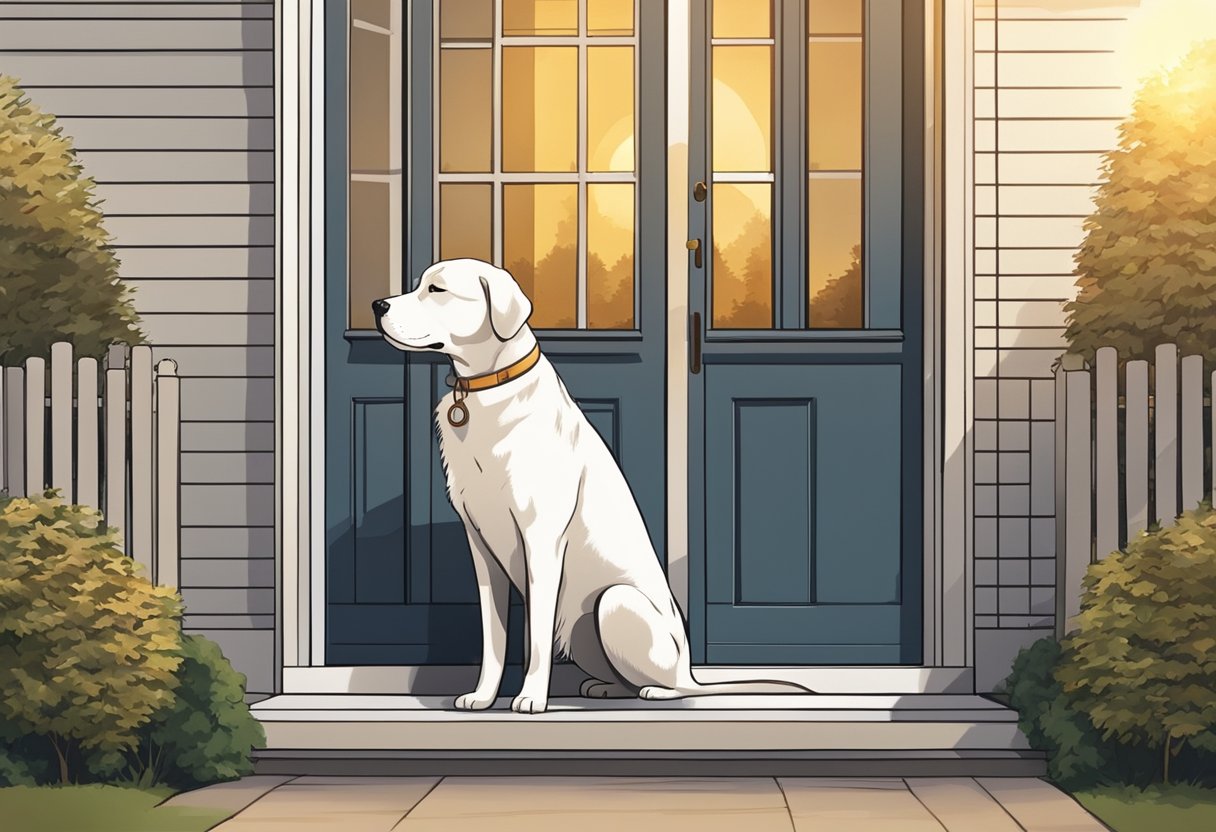
Dog ownership often leads to significant lifestyle changes. These adaptations are necessary for ensuring a harmonious living environment for both the pet and the owner.
Creating a Dog-Friendly Home
A dog-friendly home is essential for safety and comfort. This includes removing hazards such as toxic plants and securing cables.
Key considerations include:
- Furniture Arrangements: Choose durable materials that withstand wear and tear.
- Designated Spaces: Set up a specific area for the dog’s bed, toys, and food to create a sense of belonging.
- Safety Features: Install baby gates to restrict access to certain areas and protect both the dog and household items.
Incorporating these elements creates a safer, more enjoyable space for the pet.
Balancing Responsibilities and Joy
The joys of dog ownership come with significant responsibilities. Daily routines must now accommodate walks, feeding schedules, and playtime.
Effective strategies for balance include:
- Time Management: Set fixed times for walks and feeding to create a predictable routine.
- Shared Duties: If cohabiting with others, distribute tasks like walking and grooming to share responsibilities.
- Quality Time: Ensure daily engagement through play or training to strengthen the bond while fulfilling exercise needs.
By implementing these practices, owners can enjoy their pets without feeling overwhelmed by their demands.

